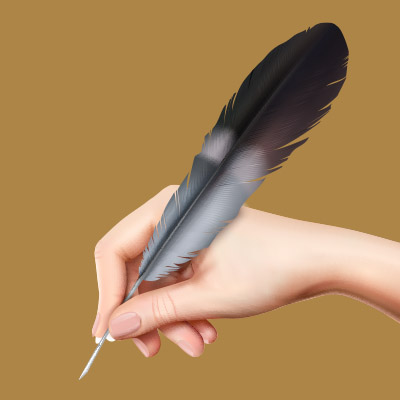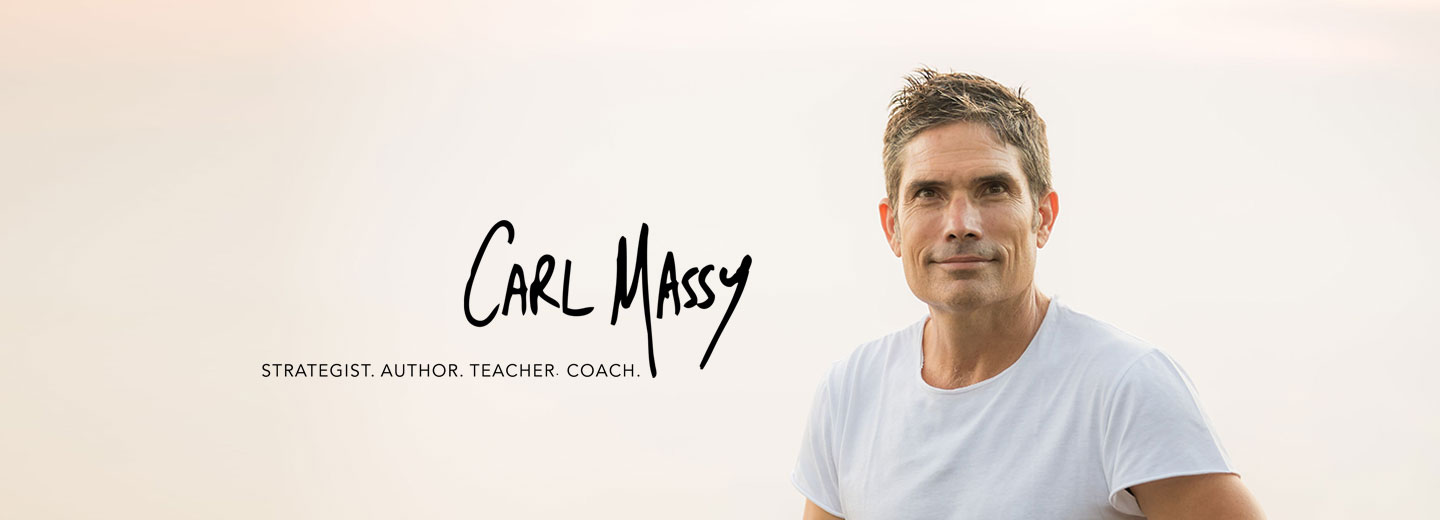 It’s probably not the best idea to be promoting other people’s books when you have recently released your own book (The Successful Mind), but since my number 1 thing in life is to share the best of what I learn on my journey, we will be looking at some great ideas Ryan Holiday shares in his great book – Stillness is the Key.
It’s probably not the best idea to be promoting other people’s books when you have recently released your own book (The Successful Mind), but since my number 1 thing in life is to share the best of what I learn on my journey, we will be looking at some great ideas Ryan Holiday shares in his great book – Stillness is the Key.
His book has plenty of ideas, but I’ve picked five of them that resonate with my teachings and are totally doable, practical and have a great return on investment.
He talks about stillness being the key, and draws on the philosophical teachings of Stoicism, plus a number of Eastern systems and practices. And for me, deeper (inner) stillness is one of the pathways and essential elements to experiencing more peace in your life.
Actually here is a (big) question for you. Would you prefer a million dollars or the guarantee of a deep sense of peace for the foreseeable future?
Think on that. Do you want deep peace or the cash?!?!
And if you chose the money (which is ok), ask yourself this question: “What do I think the money will make me feel?” and “What do I want to feel?”
For me, peace is a beautiful goal to be working towards.
So let’s look at these ‘stillness’ practices.
Stillness Practice Number 1: Bathing in Beauty
The first place I think we can go to experience beauty (and when I say experience, I mean to really feel it deep within your being) is to immerse ourselves in nature.
No surprises there. To experience deeper inner stillness, we benefit by spending more time in nature infused in its inherent beauty, order, aliveness, uncompromising nature, and simple being-ness. It just is. Free from thought. Total bliss.
However, Holiday brings up a very practical point. We may not always have easy access to nature to bathe in its beauty. So he suggests cultivating the poet’s eye. I like this!
Seeing beauty in the simple, mundane and even in the clutter and craziness.
It is a case of searching and you will find. It might be seeing a child laughing at the airport, or footprints on wet concrete (someone else’s concrete of course ;-)), or the sun reflecting off a building, or a cloud dancing across the sky, or an ant taking a meandering path across a wall.
This is a practice. Look through your inner poet’s eye and you will see beauty wherever you are now. Then bathe in it.
Stillness Practice Number 2: SleepIt’s hard to be at peace, and still on the inside, if you don’t get enough sleep.
Hands up if you are easily agitated when you are tired. I have both hands up. I am not a fun and friendly tired person. I am a total pain in the butt. Tired and peace don’t mix well.
I talk about rest being one of the 6 pillars to Optimum Health in The Guidebook to Optimum Health. And this goes beyond 7.5 plus hours of sleep a night. It is about taking one day off a week to fully decompress, or taking a break from your desk every 90-120 mins, or taking a 10-min breather after a tough meeting.
When I finished working at The Practice on 1 June 2019, I decided that I would work at about 28.26% capacity for the last half of 2019 (sometimes it was definitely less – more like 6.2%!!). But this rest would enable me to come into a new year, a new business, and new ventures with more vitality and vibrancy.
So…how rested are you? Right now, and in general?
Make it (and you) a priority.
Stillness Practice Number 3: Journaling
Journaling allows you to get out of your head, gain more clarity, see things from different perspectives, free the mind of clutter, and connect to yourself.
It does not need to be an arduous activity.
Here are two simple morning journaling questions that I got from a book called The Five-Minute Journal.
I am grateful for… (you just list three things)
What would make today great? (you list three things)
This is a very simple activity, but a great way to connect to what is already wonderful in your life, to set an intention (and path) for the day, and to crowd out the repetitive (and often negative) ‘thoughting’ which takes you away from peace.
Stillness Practice Number 4: Get a hobby or two
Did you know that Winston Churchill used to lay bricks?!?!
He also painted, but I never knew he laid bricks. Interesting.
And William Gladstone (four-time prime minister of England – before Churchill) used to chop down trees. Big trees. By hand!
If you are someone with a busy mind (and a complex life), there is a great feeling of peace when you do something with no rigid desired outcome, which is not being judged, which is not your primary profession, where you can make mistakes (except when the large tree is actually falling), which might be therapeutically repetitive and allows you to surrender yourself to the activity in the now.
Taking time out of your day (or week) to participate in your hobbies is a great way to bring balance, peace and joy into your life. And if Prime Ministers make it a priority and can find time for it; you can too.
Stillness Practice Number 5: Get rid of stuff
It is really hard to find peace and stillness in the midst of clutter.
It is really hard to find peace and stillness when you are worried about your stuff.
How about this question…Do you own your stuff or does it own you?
Does your stuff influence the way you are feeling? Does it make you worry? Does it complicate your life? Does it get in the way and take up your space? Do you need to take care of it so nothing happens to it?
Who’s the boss? Bad news. If you got a few yeses in there, chances are your stuff owns you.
If your stuff is not consistently and regular adding value to the quality of your life, get rid of it.
If your stuff is stressing you out, consider getting rid of it.
I decided a long time ago that if I did not use something all the time or a lot of the time, I would not own it, and then lease it when I actually needed it. This created physical space for me. It removed any maintenance time and cost. And it meant I gave zero energy or thought to it outside of when I was actually using something.
My final words
Stillness is the Key is a great book by Ryan Holiday.
Do check it out if you want to go deeper on a philosophies of the Stoics and many Eastern cultures (think Zen, Buddhism, Confucius, etc.) and hear some other practices he shares.
Peace.
It seems like a pretty worthy goal to me.
Just now I was just pondering if peace is a goal we might start becoming more interested in as we get into and beyond our 30’s? But I don’t know. I am wondering where life might have taken me if in my 20’s I made peace a goal. Hmmm…
So as I continue musing…let me say this final thing.
Make your own choice as to whether stillness and peace are a goal for you, and if so try one or all of the five practices. Or check out Holiday’s book for a deeper conversation and more ideas.
And as always, I thank you for joining me for this conversation.
(I am actually feeling still now after finishing this article. It feels rather sweet)
Want help with getting clear about you path, priorities and a sustainable plan? Then get in contact. Just reply to this email or head to my website or connect with me on Facebook. Also check out PROCESS YOUR LIMITING BELIEFS workshop if you want help with overcoming obstacles and getting clear of the stories and beliefs that are holding you back (and then processing them).
